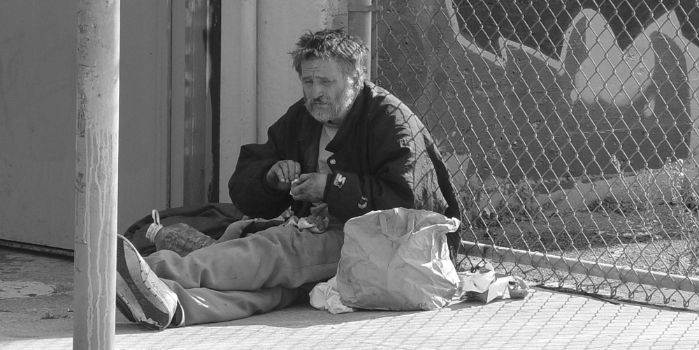A recent audit by the Los Angeles Controller’s office made it clear: Proposition HHH, the city’s signature $1.2 billion initiative to end homelessness, isn’t working. Launched in 2019 with an ambitious goal of building 10,000 homes, the program has thus far yielded fewer than 1,200. And while an additional 6,000 units are in the pipeline, it’ll likely be too little too late: Since 2016, when voters passed HHH, the homeless population in Los Angeles has increased by 45 percent.
What went wrong? For starters, the program simply hasn’t contained costs: The typical Proposition HHH unit now runs around $600,000 to build, with costs for some units ranging as high as $837,000. Worse still, the typical Proposition HHH project takes nearly four years to produce, far over the two years normally expected of such projects.
Meanwhile, the broader housing affordability crisis in Los Angeles has only deepened, with median home prices increasing by 62 percent since 2016. Among those Angelenos lucky enough to have a home, three-quarters of renters now qualify as rent-burdened, spending more than a third of their income staying sheltered. Is it any wonder why homelessness keeps getting worse?
As recently argued in the Los Angeles Times, it doesn’t have to be this way—just look to Houston. In 2011, the Bayou City had one of the worst homelessness crises in the country. Like Los Angeles, Houston dramatically scaled up funding for homeless services in response. Yet unlike Los Angeles, Houston has slashed homelessness by 54 percent, virtually eliminating veteran homelessness and housing over 24,000 Houstonians since 2012.
The key to Houston’s success has partly been administrative: The various public agencies involved in addressing the crisis—from social workers to police to local housing authorities—are carefully coordinated. Through the Housing Management Information System (HMIS), cases can be tracked across organizations administering services like food, clothing, and shelter. It’s a far cry from Los Angeles’ fragmented and disorganized system, and it’s made possible in part by Houston’s strong mayoral system.
Houston has also been unique in its focus on permanent supportive housing, as opposed to temporary shelters. But instead of focusing efforts on building new units—the city had only built around 4,300 units as of 2019—Houston has largely housed formerly-homeless folks in existing market-rate units. Through a combination of careful case management and rental assistance, over 90 percent of these beneficiaries remained safely housed and off the streets.
Of course, few could argue with the value of more public coordination or an emphasis on permanent housing. But Houston’s success challenges the deeper assumptions underwriting the Los Angeles homelessness crisis, specifically the idea that we can solve homelessness without addressing our broader housing affordability crisis.
Consider that Houston spent the past decade permitting three and a half times as much housing as Los Angeles on a per-capita basis, allowing the supply of housing to keep up with demand. Of course, much of this has been thanks to new subdivisions out on the edge of town. But it isn’t all sprawl: Last year, Houston permitted more new apartments than Los Angeles, despite being roughly half the size. As a result, median home prices and rents in Houston are far more in line with median household incomes.
This broader housing abundance has important implications for homelessness policy: For starters, it means fewer families falling into homelessness in the first place. Far fewer households in Houston are pushed to the limit by high rents and mortgages, meaning that unexpected medical bills or employment changes won’t necessarily raise the specter of homelessness, as they so often do in Los Angeles.
And in a context of housing abundance, those households who do fall into homelessness can quickly be connected to available units by well-funded social workers. A steady supply of new housing puts downward price pressure on existing units through a process called filtering. Thus, by allowing what NIMBY activists might decry as “luxury” housing, Houston enjoys the ample supply of naturally-occurring affordable housing that Los Angeles increasingly lacks.
Our current framework for solving the homelessness crisis in Los Angeles simply isn’t working. Better policy coordination and a renewed focus on speeding up permitting timelines certainly won’t hurt. But if we want Houston-style housing affordability, it’s high time we roll back all the onerous rules and regulations keeping us from Houston-style housing permitting.

